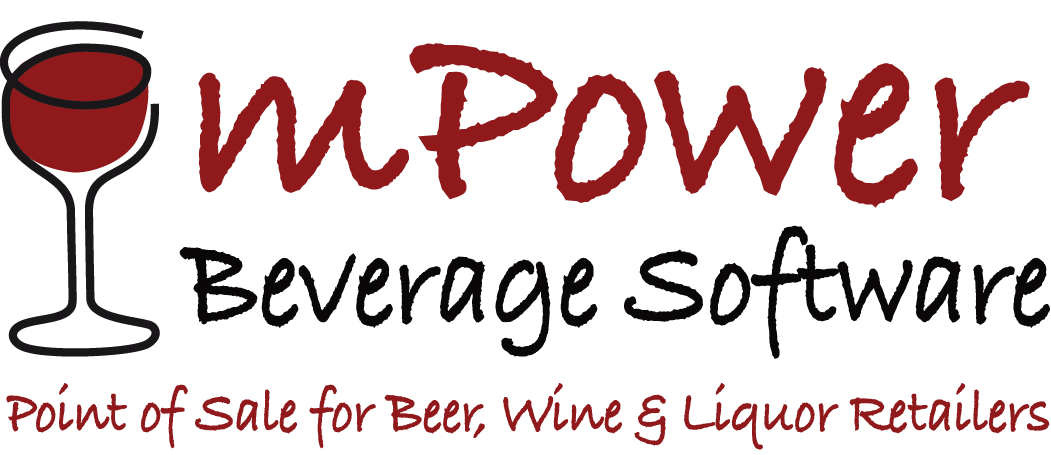Expanding your Beer, Wine, or Liquor Retail Store Are you looking to expanding your business?…

UPC vs. SKU
What is the Difference Between the UPC Code and SKU Number?
When running a retail business and needing to manage thousands of UPC codes you rely on accurate inventory for purchase orders. Therefore, if you are not familiar with UPC codes, you would think they contain valuable information such as product type, color, and more. However, the UPC is simply a barcode with corresponding digits to ring in an item. In fact, many items can share the same UPC such as seasonal items with year-round product.
Therefore, the SKU Number is a necessity for business owners. The SKU number can be automatically assigned by your Point of Sale (POS) system or, depending on your software, you can assign the SKU number. The SKU allows you to differentiate between like items. This will make ordering more product more efficient and alleviates the worry of ordering too much or not enough. It can also assist you in selling the right product when an item is scanned. Below are two examples that will explain how the SKU helps differentiate product.
Example 1: Ordering Product
In many states beer, wine, and liquor retailers can break down a beer case into packs and singles. All three of these can have the same UPC code. This makes ordering product a challenge when you need to restock just your singles or just your cases. By assigning a single SKU number to each case, pack, and single, you are eliminating the hassle of doing the math to see what you need to order. The system will determine what product has sold and what you need to order. In mPower, this is done in the Need to Order reports and/or you can set to order by par counts.
Example 2: Selling Product
In the beverage retail industry many items share the same UPC code. For example, when it comes to wine there can be different vintages. If you were to scan Cabernet 2017 and Cabernet 2018, it would differentiate the product. Therefore, you would have them as separate items within the system. Each item would get their own SKU number. Now, when you scan the item it will pull in the correct product. If there are matching UPC’s when scanned, it will ask you to confirm the product. However, that is most common when purchasing beer that is broken down from cases to packs and singles. By prompting you to confirm the correct product size being sold, you can ensure you have an accurate inventory count which in return, will assist in your purchase ordering process.
Conclusion
Both the UPC code and SKU number are important while running your business. They allow you to scan your product and differentiate product for inventory purposes. When looking for a POS software, ask how they manage the inventory and how you can separate items that are alike. Make sure your inventory can be managed as needed. For example, as a beer/wine/liquor retailer, you may need to be able to manage those vintages or case/packs/singles. Additionally, if you can manage the latter, are they tracked under one item or do you need to create three different items? Ask as many questions as needed to make sure the software does what you need.
(Bonus: In mPower you can manage cases, packs, and singles under one item!)

This Post Has 0 Comments